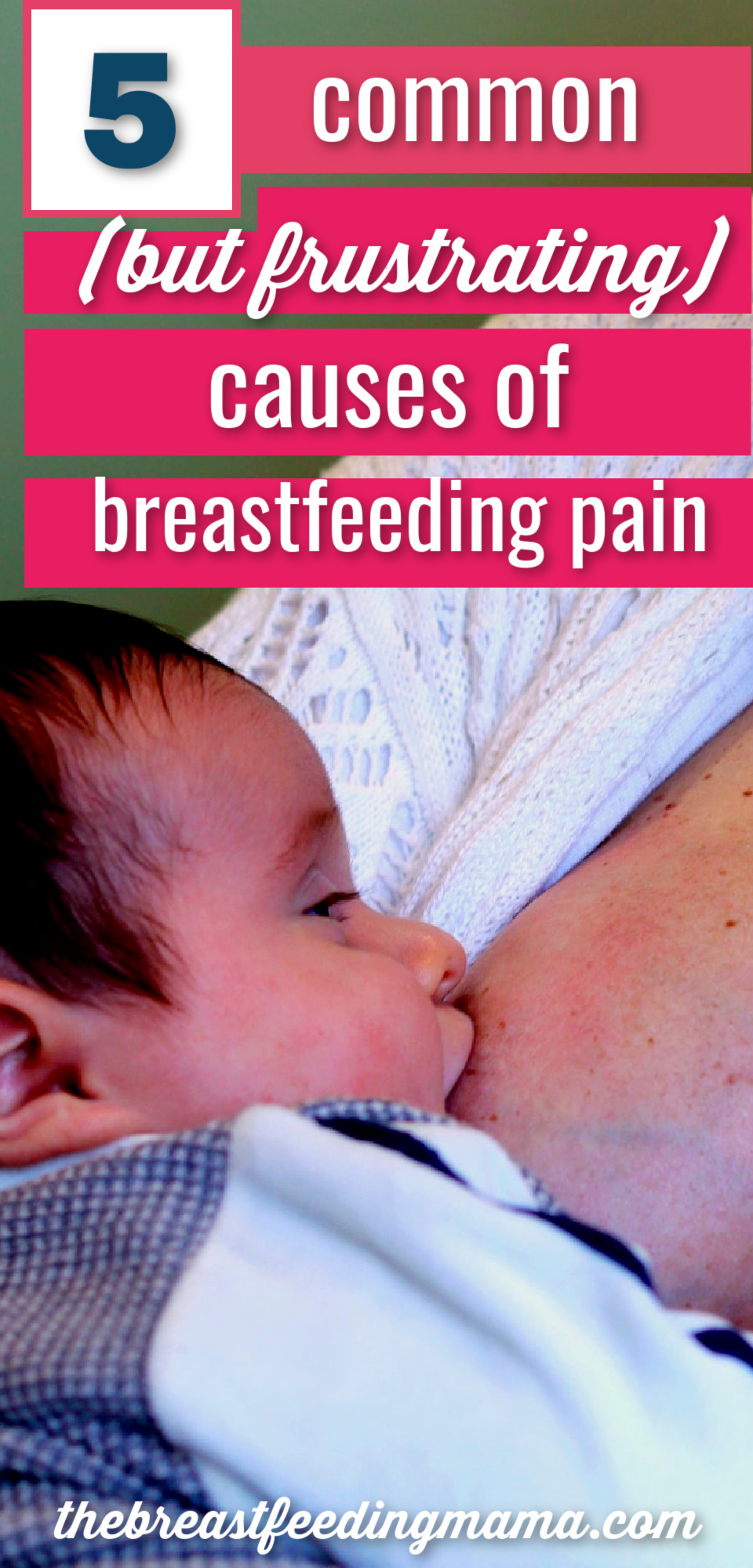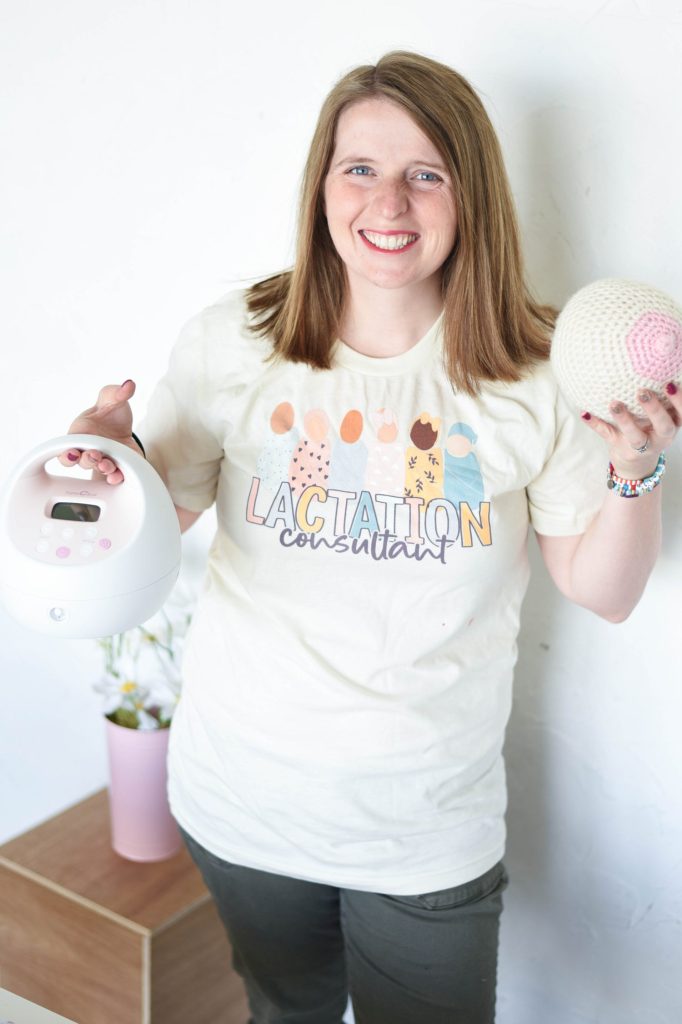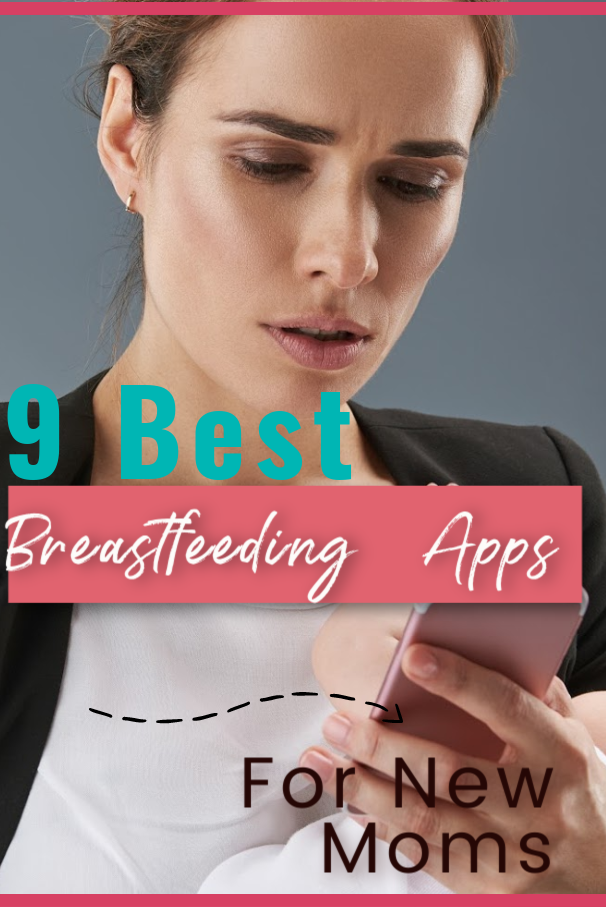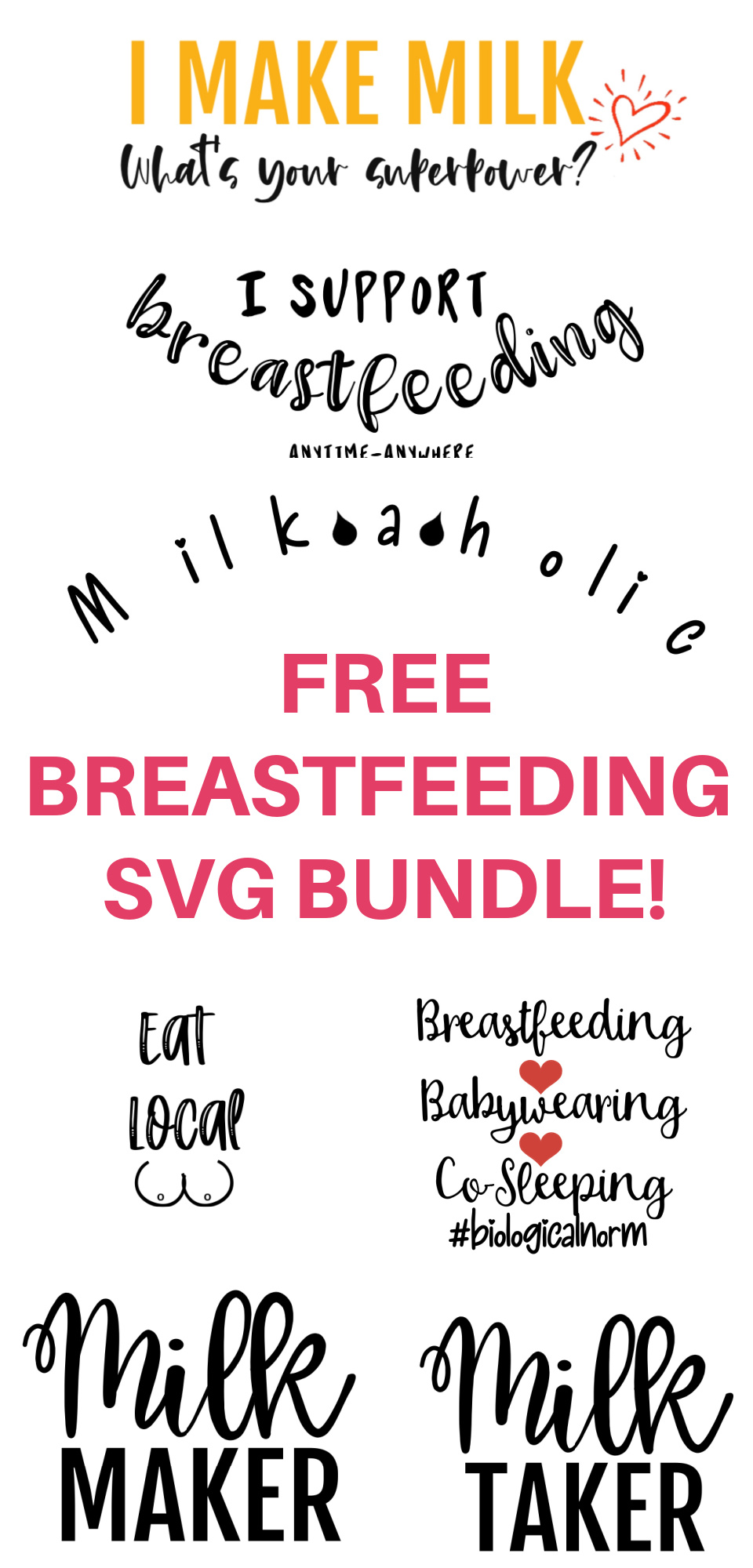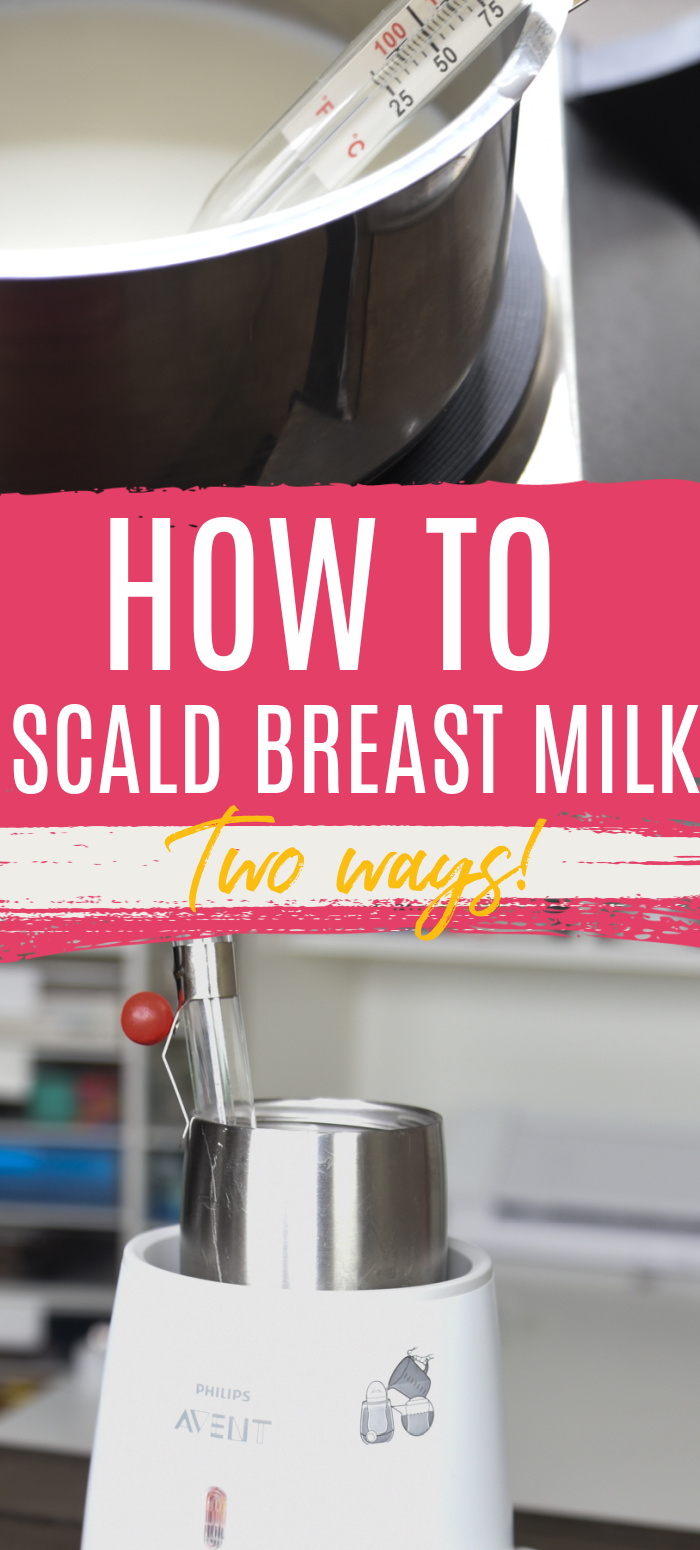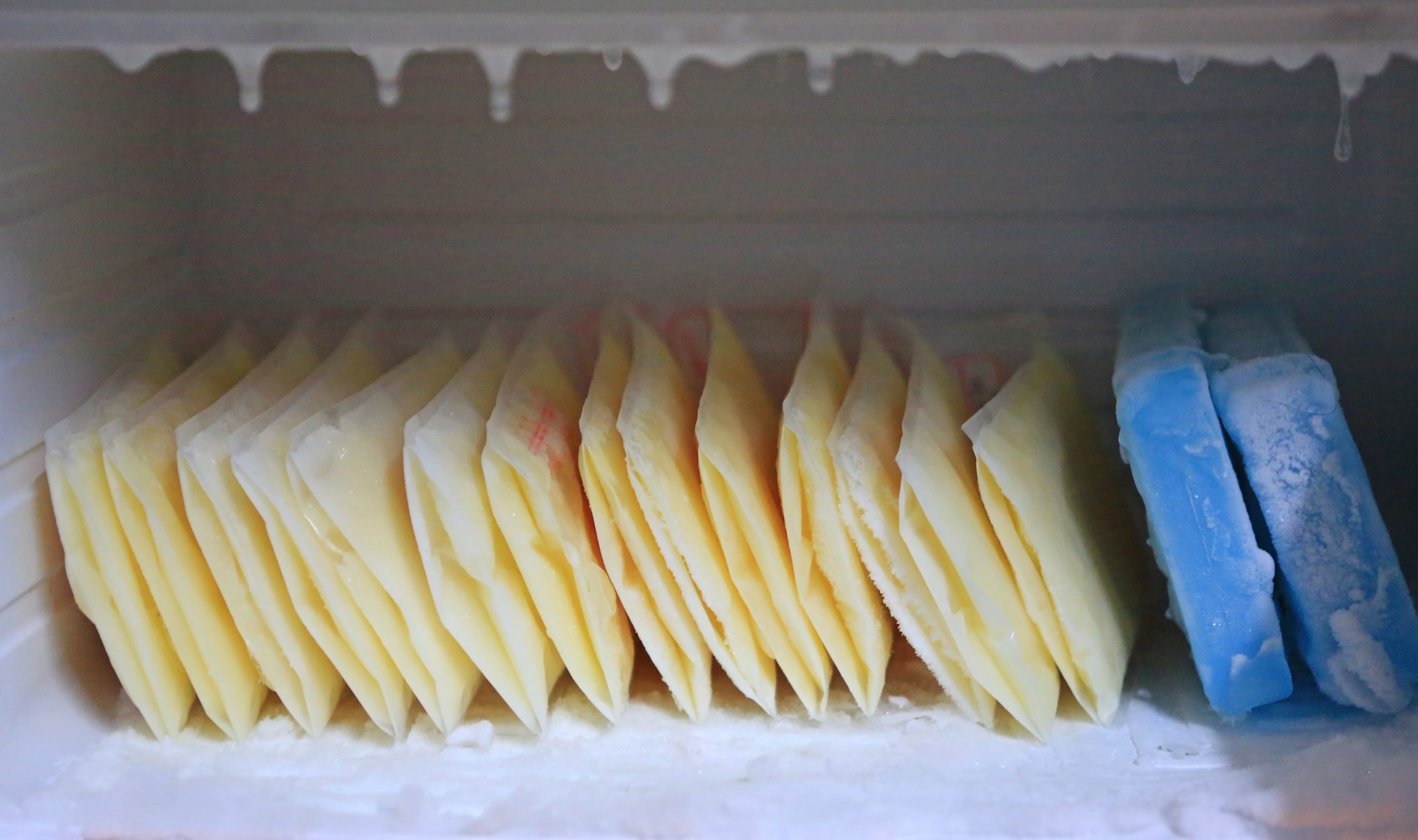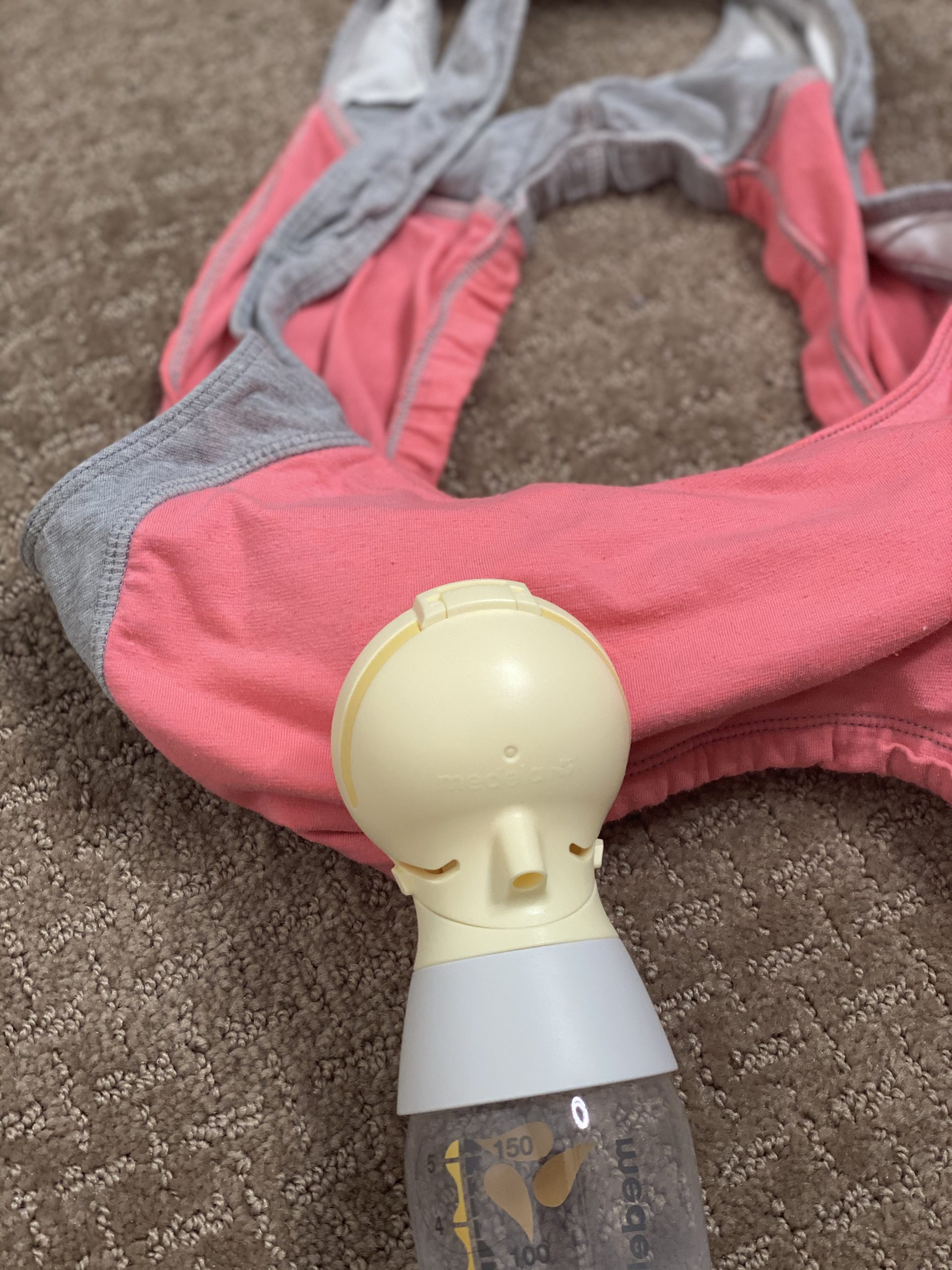There are few things more disheartening to a new mother than discovering breastfeeding is painful. While pain is not normal, it happens a lot – here are five common causes of pain while breastfeeding and what you can do to help.
Do you feel that you can’t breastfeed your infant anymore because of severe breast pain?
Are you wondering what went wrong there?
OR
Are you losing sleep thinking about the discomfort caused by breastfeeding?
If you are nodding your head to any of these questions, I want you to know that you are NOT alone!
While we talk a ton about the upsides of breast milk and how beneficial it is for mothers to feed their babies with this miracle food, we often neglect to talk about how pain does happen – and what to do about it.
Does Breastfeeding Hurt?
Almost all breastfeeding moms experience pain or discomfort at some point during their breastfeeding journey.
Pain is NOT normal – but it IS common. Knowing why and how it happens can help prevent many issues from the start. As a mom of three boys who have all been breastfed – two of which had significant issues in the beginning – I know how hard it can be to nurse through the pain.
So no – breastfeeding is not inherently painful, but there are many things that can cause a lot of pain, especially if it’s not fixed quickly. I hear a lot of moms that say you just have to nurse through the pain, it eventually gets better. But in my opinion – it NEVER hurts to talk with a professional to see if there’s something that can be done to make it a little less painful. Sometimes it’s as simple as adjust your position – why suffer through something that can be fixed?
I feel like moms are not adequately prepared for the challenges that may come with breastfeeding, which is why I created “The Complete Online Breastfeeding Class“. In less than three hours, you will have everything you need to not just start breastfeeding correctly, but it helps you know what to do if something goes wrong. Plus you get lifetime access, so you’ll always have the information at your fingertips, 24/7.
My experience as a breastfeeding mother of over 65 months – combined with the training I have received as an Certified Lactation Educator, Certified Breastfeeding specialist, and IBCLC-in-training, helped me to design the course that new moms desperately need.
If you end up frustrated by suffering, I’m here to help. Together, we’ll investigate the common reasons for breastfeeding pain, so that you have a better idea of symptoms that align with your ache!
Poor or Shallow Latch
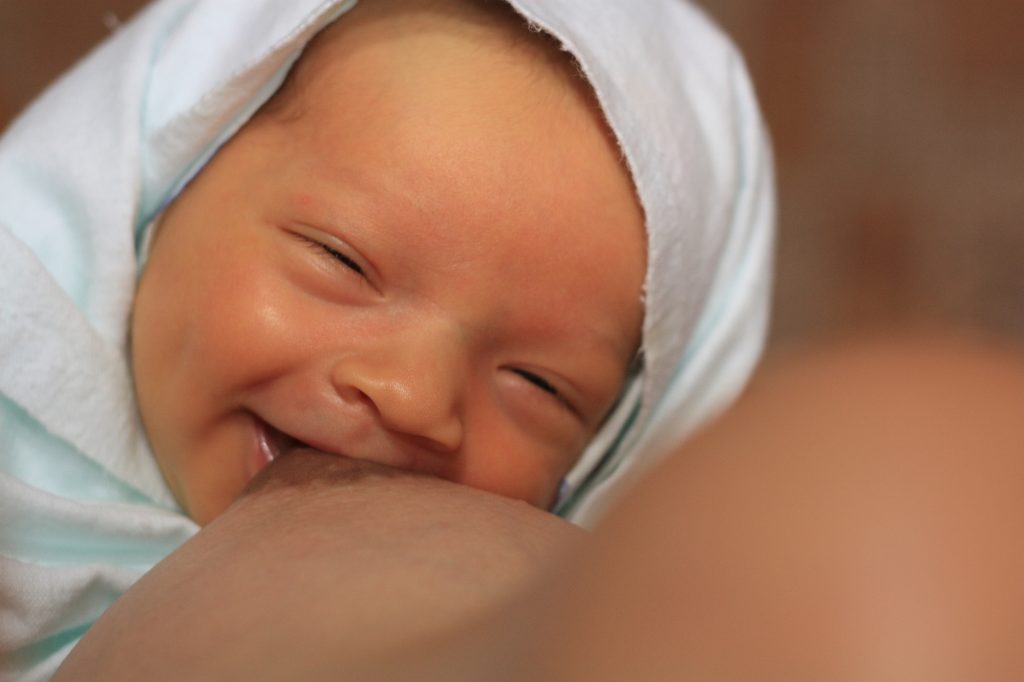
Your baby’s latch alludes to how they append their mouth to your breast as they feed. If your infant has a shallow latch, it can have a very negative impact on breastfeeding, including a lot of pain for you.
Numerous Lactation experts state that lactation issues are the most well-known cause of breastfeeding pain.
Symptoms
- Your nipples hurt.
- Breastfeeding is uncomfortable, even painful.
- Your nipples may look crushed or etched when they come out of the baby’s mouth.
- Your nipple skin might be broken or rankled.
- Infant sometimes nibbles or clamps down on your nipple.
The Causes
When the baby is latching well, the nipple dives deep into the infant’s mouth, right to the back. The child’s tongue does most of the work in getting the milk out; if the nipple isn’t far enough back, the tongue will rub or push on the nipple and cause torment.
A poor latch can stem from various issues:
- Engorgement can also cause latching issues because the baby can’t always get an appropriate mouthful of the areola and nipple.
- A baby who has been fed by bottles may employ bottle-feeding techniques at the breast, prompting a poor or shallow latch.
- Tongue and lip ties
- High palates
- Prematurity
Working with an IBCLC can be the best way to correct an insufficient latch. I also go over this in depth – along with correct positioning – in The Complete Online Breastfeeding Class.
Breast Engorgement
Breast fullness is a typical condition and your body’s way to guarantee that your baby has an adequate supply of milk. However, this fullness because of milk, and the increased blood flow makes the tissues swell. As a result, your breasts become hard, firm, tight, and painful.
While engorgement is temporary and ordinarily endures just a day or two, it can lead to plugged ducts in the breast.
Symptoms
- You may feel the sore and sensitive area in the breast.
- The skin may look red and inflamed.
- You feel like a lump under your skin.
The Causes
- Breast engorgement: Breast milk can develop in your breasts and clog your milk ducts on the off chance that you don’t breastfeed frequently enough, miss feedings, wait excessively long between feedings, or supplement with formula.
- Overabundant milk supply: If your body delivers an excessive amount of breastmilk, it can prompt breast engorgement and clogged milk conduits.
- Excessive pressure on your breasts: A bra that has an underwire, or one that is excessively tight, can squeeze the breast tissue and lead to obstructed milk ducts.
- Dehydration and exhaustion: Lack of rest and not drinking enough liquids can put you ina greater risk of creating clogged milk ducts.
Breast Infection– Mastitis

If a clogged milk duct isn’t dealt with immediately, mastitis can happen. Mastitis is a disease set off by bacteria in the breast, making the tissues inflamed.
Symptoms
If you have mastitis, you’ll likely have at least two of these indications:
- A breast that feels hot and sensitive
- A red patch of skin that is excruciating to touch
- An overall sensation of sickness, as though you have influenza
- Feeling throbbing, tired, and sad
- A high temperature—fever
The Causes
Mastitis is frequently brought about by the build-up of milk in the breast and commonly leads on from untreated engorgement.
It can likewise be caused by the inaccurate latch of the infant at the breast or infrequent feeds. Bacteria from your infant’s mouth or broken skin on the nipple may also prompt mastitis.
Thrush
Unbearable pain during breastfeeding can be brought about by a thrush or candida disease in the breast. Infants can also build up this disease in their mouths.
Symptoms
If you experience pain in both breasts, after a session of pain-free breastfeeding, and the pain goes on for as long as an hour after a feed, you may have built thrush.
Other symptoms include:
- red patches on the breast,
- fire-engine-red nipples,
- peeling skin, and
- shooting pain in your breasts
The Causes
Thrush infection happens when your nipples become broken or cracked. This implies the candida bacteria that causes thrush can get into your nipple or breast.
Thrush diseases can likewise occur after you or your infant has had a course of antibiotics. Anti-biotics may decrease the number of good bacteria in the body and permit the candida fungus that makes thrush thrive.
Milk Blebs
Blebs are as unusual as they sound. Diminutive, milk-filled cysts on your nipples, blebs frequently feel and look like whitehead pimples.
Symptoms
Milk blebs usually look like a tiny white or yellow spot about the size of a pinhead on your teat. The skin surrounding a milk bleb might be red and aggravated, and you may feel trouble while nursing.
The Causes
Milk blebs are commonly caused by a poor latch. A baby’s sucking might be excessively shallow, causing excess strain on a particular point of the breast. Feeding your baby at the incorrect angle can likewise cause milk blebs.
Takeaway!
While the breastfeeding excursion may have some hindrances en route, breastfeeding pain, for the most part, has a cause behind it— and if you find that cause, you can then look for a solution!
Finding the correct fix will allow you to appreciate breastfeeding and focus on the incredible bond you are developing with your baby.
If you end up fearing each feed, gritting your teeth during each latch, or in any case suffering, it’s essential to look for help from a lactation specialist or your midwife or doctor. They can help you in sorting out what kind of feeding is best for you.
Don’t miss out on “The Complete Online Breastfeeding Class” – which will ensure you a path toward meeting your breastfeeding goals.
More Breastfeeding Posts You May Enjoy:
- Is Your Breastfeeding Baby Biting? Here’s What You Should Do.
- 8 Breastfeeding Problems After a C-Section (And What You Can Do!)
- 5 Essentials for Preparing to Breastfeed Your Baby
